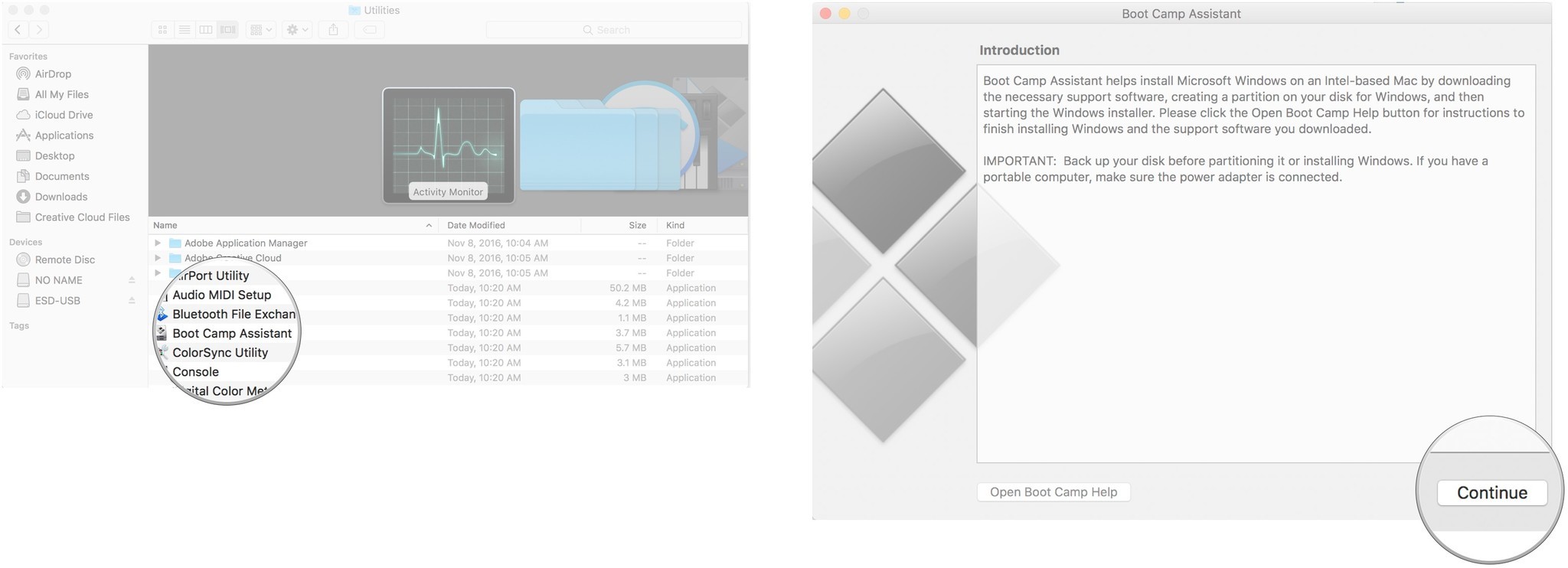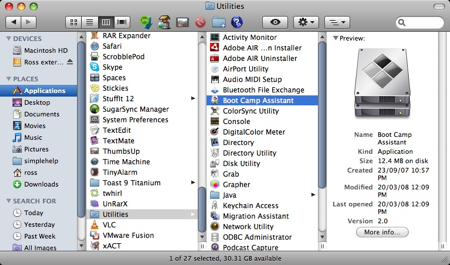
- Support software for windows on mac how to#
- Support software for windows on mac install#
- Support software for windows on mac drivers#
- Support software for windows on mac pro#
The two most popular solutions at the time of writing this article are VMware Fusion and VirtualBox.
Support software for windows on mac install#
To run Windows in a virtual machine on Mac, you need to install virtualization software. This way, you can easily access both operating systems at the same time and transfer files between them without restarting your Mac. In addition to installing Windows alongside macOS on your hard drive, you can also run Windows in a virtual machine directly from macOS. We recommend you familiarize yourself with Boot Camp Control Panel so that you can configure your keyboard, mouse, trackpad, and other hardware used with your Intel-based Mac.

To switch between Windows and macOS, simply restart your computer and then press and hold the Option key during startup.
Support software for windows on mac drivers#
Follow the instructions to set up drivers and everything else necessary to dual boot Windows on a Mac computer.
Support software for windows on mac how to#
You also need 64 GB or more free storage space on your Mac startup disk, a Windows 10 disk image (see the How to Get Windows for Mac chapter), and a USB flash drive with a storage capacity of 16 GB or more (unless your Mac doesn’t need a flash drive to install Windows ). This list DOESN’T include Macs with Apple’s M1 chip because Boot Camp only works on Intel-based Macs.
Support software for windows on mac pro#
MacBook Pro introduced in 2012 or later.MacBook Air introduced in 2012 or later.You just need to verify that you meet the system requirements for installing Windows 10. Virtual machine apps will need to be fully rebuilt for ARM-based Macs, and it’s not immediately clear if that’s even a workable solution for Windows on ARM (given the licensing complexities) or whether VMWare, Parallels, and others will commit to building these apps with Windows support.The great thing about dual booting Windows on a Mac computer is that the software you need to make it happen (Boot Camp) is included in macOS. Other methods to run Windows on ARM-based Macs will include virtualization using apps like VMWare or Parallels, but these won’t be supported by Apple’s Rosetta 2 translation technology. These hypervisors can be very efficient, so the need to direct boot shouldn’t really be the concern.” VMWare Fusion.

“We’re not direct booting an alternate operating system,” says Craig Federighi, Apple’s senior vice president of software engineering.

We asked Microsoft if it plans to change this policy to allow Windows 10 on ARM-based Macs, and the company says “we have nothing further to share at this time.”Īpple has been working closely with Microsoft to ensure Office is ready for ARM-based Macs later this year, but the company didn’t mention its lack of Boot Camp support at WWDC.Īpple later confirmed it’s not planning to support Boot Camp on ARM-based Macs in a Daring Fireball podcast. “Microsoft only licenses Windows 10 on ARM to OEMs,” says a Microsoft spokesperson in a statement to The Verge. Microsoft only licenses Windows 10 on ARM to PC makers to preinstall on new hardware, and the company hasn’t made copies of the operating system available for anyone to license or freely install. Apple will start switching its Macs to its own ARM-based processors later this year, but you won’t be able to run Windows in Boot Camp mode on them.


 0 kommentar(er)
0 kommentar(er)
